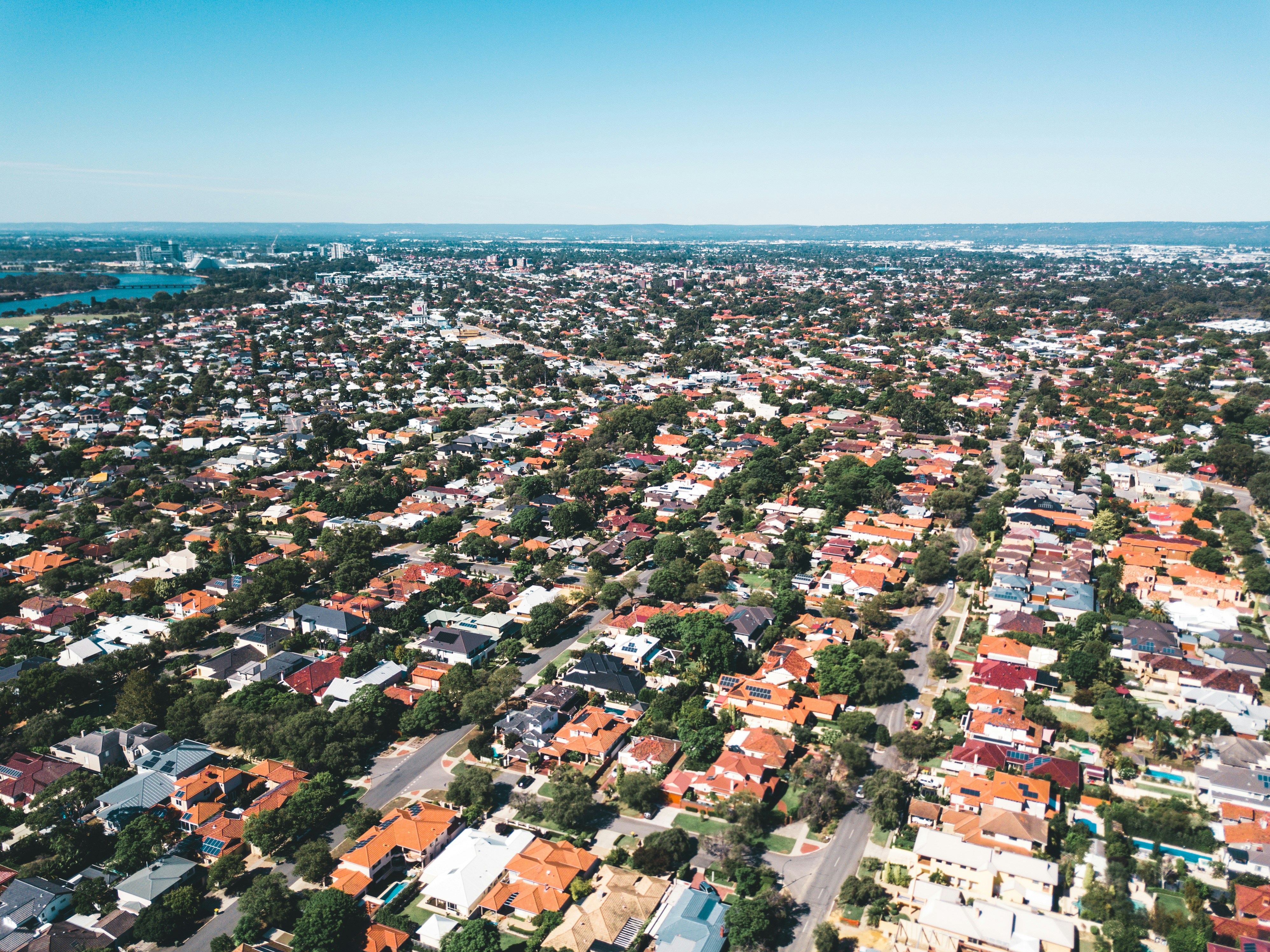The property market is cooling in some parts of Australia, but that doesn’t mean prices have become affordable.
So is it still possible to secure a good deal?
Let's dive into the data around where the hidden gems are in this multi-speed market.

- Luxe Listings star and celebrity Sydney real estate agent Gavin Rubinstein shares five key considerations when searching for an investment property.
- The cash rate rise is having little impact on the top end of the market, with Sydney’s most expensive suburbs getting more expensive.
- Property developers like Harry Triguboff, who currently has 14 apartment tower projects on the market, are more worried about rising material costs than rate rises.
Facts of the week

- 94% of property resales in regional markets were profitable in Q4 2021, inching above 93.7% of resales in capital cities, according to CoreLogic.
- Hobart had the highest share of profit-making sales at 98.3%, followed by Canberra at 98.2%.
- Overall, the rate of profitability was 93.8% across all markets.
Diving Deeper
- Prices for detached houses are falling by up to $83,000 in some capital cities, according to Domain data.
- The price drops are being seen particularly in Sydney and Melbourne, which also captured some of the greatest house value growth during COVID-19.
- However, Sydney remains to be the most expensive market for detached houses, followed by Canberra.
- Here’s where detached house prices fell (January to March 2022) and where property investors can take advantage of price discounts to get the best value for money:

Median price by bedroom, houses. Source: Domain Group
- Perth is a standout market for value at the moment. The median property price in the WA capital has hit a record high of $552,128 – up by 24.5% since June 2020, according to CoreLogic.
- Units are also offering great value, amid higher interest rates and stricter serviceability tests. The price gaps between houses and units suggest that investors have the opportunity to get into the property market at a decent price point. Here are the price gaps between houses and units on the east coast for comparison:
- Sydney: 41% (or a $586,426 difference)
- Melbourne: 37% (or a $370,255 difference)
- Brisbane: 45% (or a $392,365 difference)
What does this mean for you?
- An easing market is a win for property investors looking to buy and expand their portfolio. Buyers can secure more value for their money while still taking advantage of the significant price gains seen in the past 2 years, plus the more recent rental increases.
- Detached houses are traditionally known for faster and more significant capital growth. If you’re only considering investing in houses, the timely data from Domain provides great insights into where the hidden value is. Rewind 5 months ago and house prices in some capital cities were higher. So you could effectively be getting a discount worth up to tens of thousands in Australia’s biggest urban centres, which just until recently saw 20%+ annual growth. For example, the median price for Melbourne 2-bedroom houses is about $83,000 lower than in December 2021, while the same type of house in Sydney is about $52,000 cheaper. It’s a major upside to a market downturn.
- While properties in Perth have seen double-digit value rises in the past 2 years, the city’s median price is still less than half of Sydney’s median of $1,127,723. With an affordable median of about $550,000, this budget could realistically only be enough for a 1-bedroom unit in Sydney. What’s more, CoreLogic expects a “continued upswing” in the Perth housing market, so investors could be getting more bang for their buck by buying in a more affordable but growing market.
- For property investors feeling the impact of reduced borrowing capacity and anyone priced out of the detached house market, units can be attractive options. The substantial price gaps between houses and units mean you can still get value for money in desirable locations and benefit from improving rental yields without committing to a house. For example, opting for a unit over a house in Sydney could mean saving more than $580,000. Investors also won’t necessarily need to slow down portfolio building plans because of affordability issues.
- If you’re a buyer, it pays to check with your broker or lender how your borrowing capacity might be affected by any rate or bank policy changes, no matter which stage of the purchasing process you’re in. This could save you a lot of pain and money down the track - the worst-case scenario is finding out after signing on the dotted line that you can’t borrow as much as you thought and being forced to cough up the difference upfront.
Prices at a glance
Houses

Units

Most capital cities saw price growth across both houses and units. Adelaide property owners were the winners in April, with value growth leading in the city for both houses & units.
Property values in Sydney & Hobart eased while prices stayed unchanged in Melbourne. Both house and unit prices fell in Sydney, while only house prices declined in Hobart. Unit prices in Melbourne & Hobart grew.
The capital city average values recorded no movement. Across the regional market, house & unit prices increased by 1.4% and 23.9% respectively.












